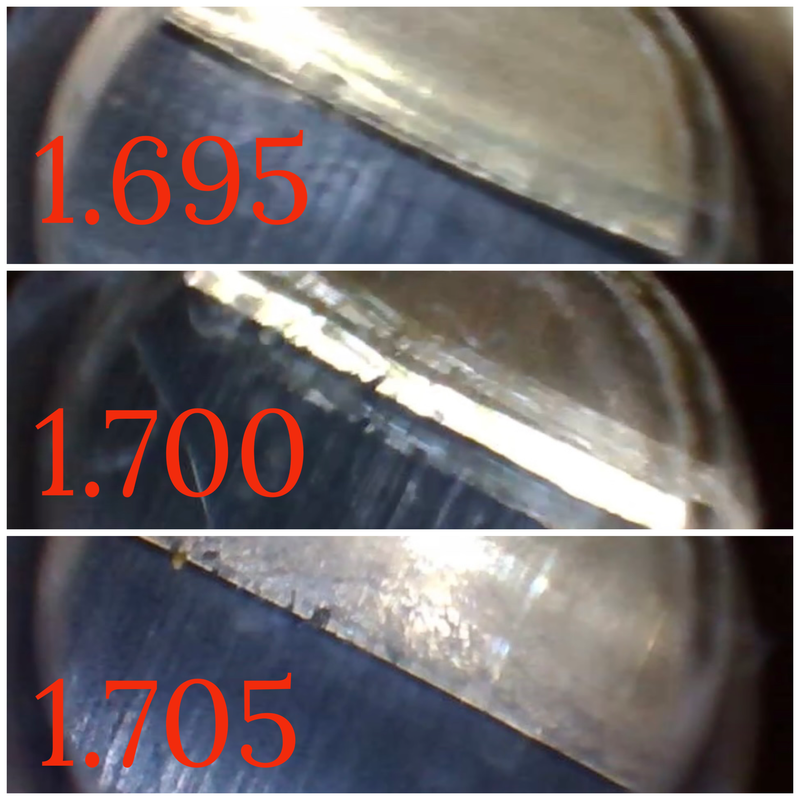Zen Archery
New member
I’m a novice with straight wall cases and need wisdom from those more experienced. This is for 350 Legend.
A). How much trim (if any) should I allow between case and throat?
My most accurate load has the case hard pressed into throat at 1.705. But that added a lot of pressure. Cycling was also problematic in gas gun. 1.700 was old SAAMI spec. is kissing throat. Accuracy was over 1.25”. 1.695 allows room for stretch but accuracy is between 1.10-1.25.” With cheap Nosler 9mm Bullets.
B). Do you anneal straight wall cases since they don’t have a shoulder?

A). How much trim (if any) should I allow between case and throat?
My most accurate load has the case hard pressed into throat at 1.705. But that added a lot of pressure. Cycling was also problematic in gas gun. 1.700 was old SAAMI spec. is kissing throat. Accuracy was over 1.25”. 1.695 allows room for stretch but accuracy is between 1.10-1.25.” With cheap Nosler 9mm Bullets.
B). Do you anneal straight wall cases since they don’t have a shoulder?

